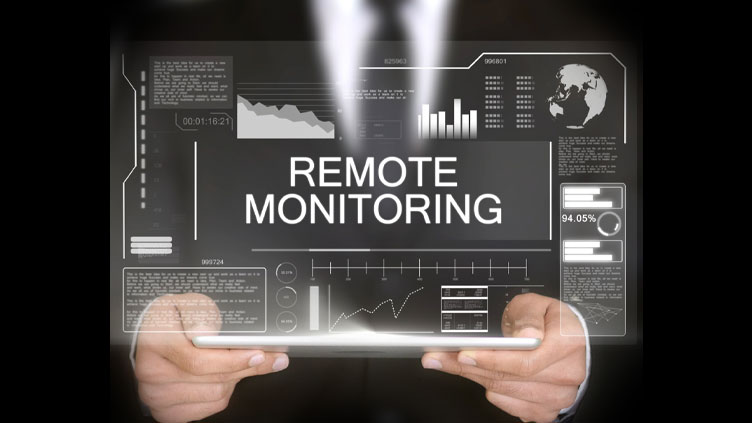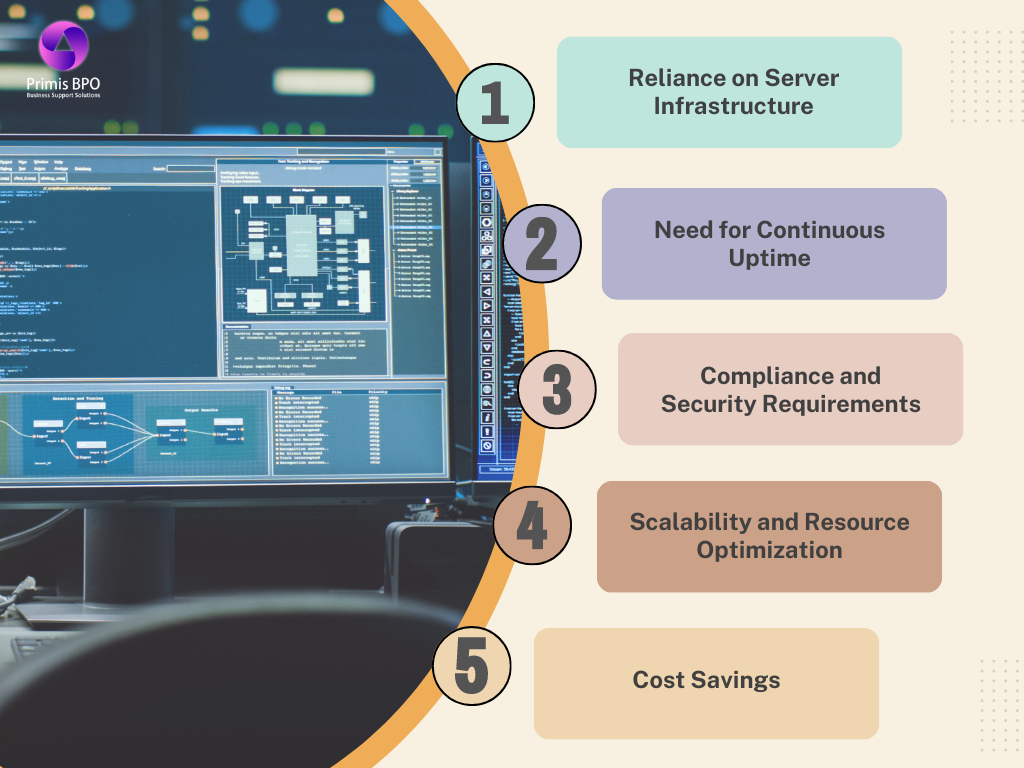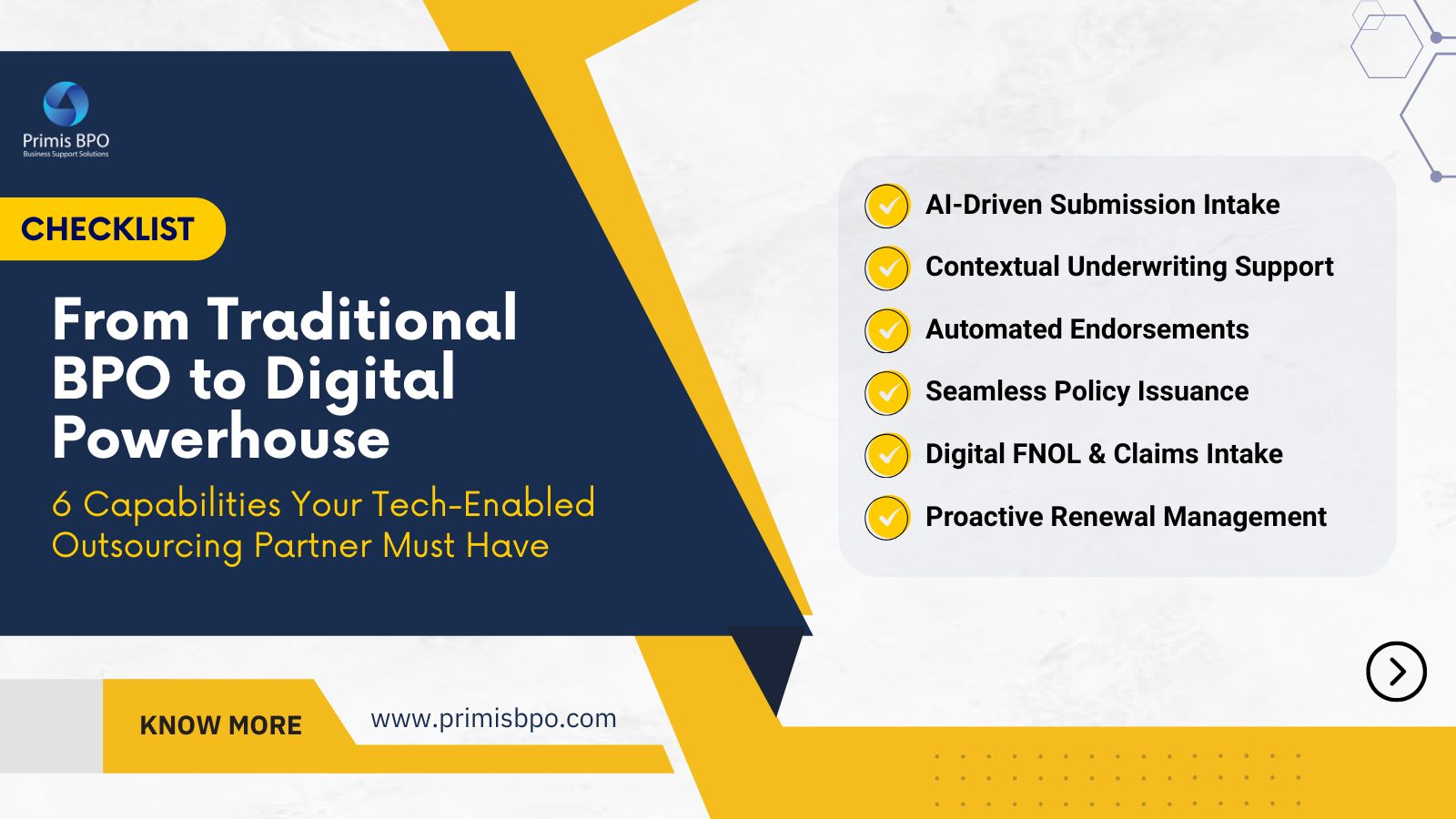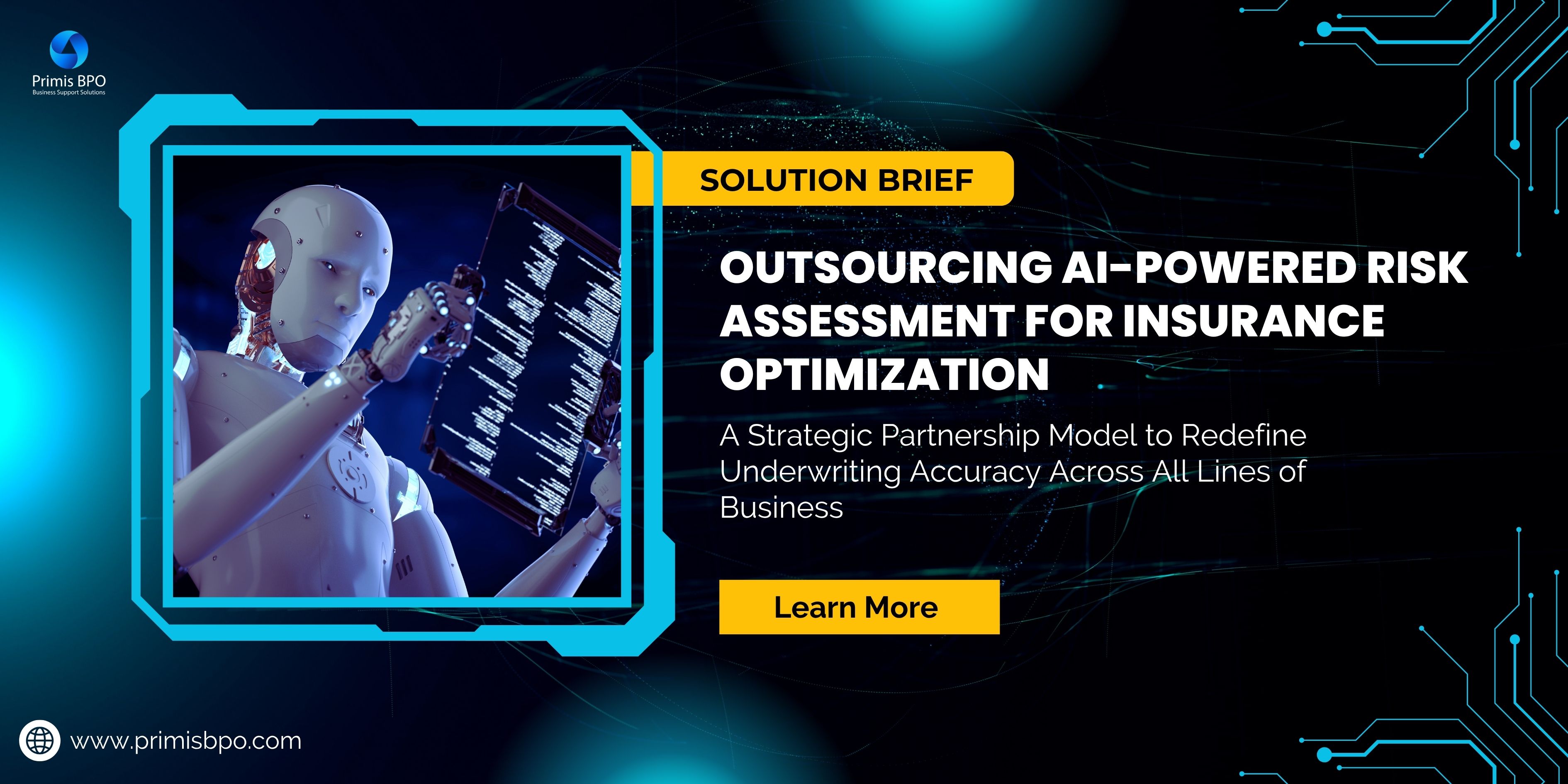
The era of digital transformation is in full swing, compelling companies to strive for an edge or, at the very least, stay abreast of the prevailing trends. But what is the most prominent hurdle encountered by businesses in the digital realm today?
The answer is - relying heavily on their server infrastructure to ensure uninterrupted operations and deliver a seamless customer experience. Managing servers can be challenging at times. By ensuring you’re always connected to people and systems, you can avoid catastrophes related to network performance.
As we rely more on data and processing power, experts predict global spending on edge computing will shift significantly towards remote IT locations. According to the latest IDC data report, global spending should reach $274 billion in 2025. With massive investments happening in decentralized assets, the need for real-time remote server monitoring has never been greater.
In this blog, we will delve into the concept of remote server monitoring, its benefits, and how it can transform the way businesses manage their server infrastructure.
What is Remote Server Monitoring?
Remote server monitoring is a proactive approach that enables businesses to monitor their server infrastructure from a remote location. It enables them to monitor their servers’ performance, availability, and security without physically being present at the data center or server room.
By closely monitoring servers remotely, businesses can proactively address potential problems, prevent downtime, and ensure smooth operation of critical applications and services.
Why do you need remote server monitoring?
In an increasingly interconnected and technology-driven world, remote server monitoring has become a critical component of IT infrastructure management. It provides real-time visibility into server health, enhances security, improves operational efficiency, and enables proactive issue resolution.
Consider the unique needs of your business and leverage remote server monitoring to ensure the smooth and reliable operation of your server infrastructure.

1. Reliance on server infrastructure
Allows you to continuously monitor your server infrastructure and proactively address any potential issues when your organization relies heavily on servers for data storage, application hosting, or website functionality.
2. Need for continuous uptime
Ensures that your servers are constantly monitored and provides real-time alerts and notifications about service disruptions, allowing your IT team to take immediate action to minimize downtime, reduce severe consequences, financial losses, damaged reputations, and dissatisfied customers.
3. Compliance and security requirements
Helps you maintain compliance by monitoring server security, detecting unauthorized access attempts, and ensuring adherence to security protocols in case if your business operates in an industry with strict compliance regulations, such as insurance, healthcare,etc.
4. Scalability and resource optimization
Provides valuable insights into server performance, allowing you to identify bottlenecks, allocate resources optimally, and plan for future scalability. This ensures that your servers can handle increasing workloads efficiently.
5. Cost savings
Identifies and resolves server issues to minimize the need for costly emergency repairs or service interruptions. It also helps you make informed decisions about infrastructure upgrades, optimize resource utilization, and avoid unnecessary expenditures.
Importance of Remote Server Monitoring
Keeping a tab on the server 24 hours a day sounds outright impossible, and any downtime could lead to severe losses in productivity and profits; however, catching it when it occurs is key. This is where outsourcing remote server monitoring to a trusted partner can make things easier for you.
Let’s understand this with an example.
A server goes down during rush hours, bringing transaction processing and inventory access to a halt. Perhaps you’re lucky enough to notice; otherwise, it may remain unknown until a customer complains.
Outsourcing remote server monitoring to an experienced company can help troubleshoot the issue from a distance. These experts will send alerts the minute anything goes wrong, whether major or minor, such as power outages or unauthorized access. You'll receive an email or text notification explaining the situation.
For example, if your remote server monitoring system detects a temperature change that could lead to overheating if left unchecked, you can send an IT expert to make the necessary adjustments before a crisis strikes.
Considering how these servers run 24/7, it is important to keep an eye on them to prevent disruptions that may occur during the night or when the business is closed.

4 Ways to Optimize IT Workflows with Remote Server Monitoring
1. Strengthen uptime and reliability
Identify and resolve issues before they escalate into major problems to increase uptime, improve reliability, minimize downtime, and reduce associated costs.
2. Accelerate efficiency
Gain valuable insights into server performance, allowing businesses to optimize resource allocation, identify bottlenecks, and ensure efficient utilization of server resources.
3. Enhance security
Identify potential security breaches or unauthorized access attempts in real-time so you can respond promptly to security threats, implement necessary measures, and safeguard sensitive data and assets.
4. Simplify management
Centralize the management of their server infrastructure to gain a unified view of all their servers, making monitoring, managing, and troubleshooting issues across multiple locations or data centers easier.
Key Takeaways
IT professionals have a lot to handle, and asking them to be on-premises to monitor critical infrastructure can be a misuse of their time and skills. Instead, outsourcing to a trusted remote server monitoring company can supervise 24/7 and raise concerns—by sending an instant notification—when something unusual happens.
With 24/7 digital surveillance, you can prevent downtime before it happens and mitigate its extent with the right information.
Recent Blogs

Optimizing Auto Insurance Underwriting Through Outsourced AI-Driven Risk Intelligence

[Checklist] From Traditional BPO to Digital Powerhouse: 6 Capabilities Your Tech-Enabled Outsourcing Partner Must Have

Outsourcing AI-Enabled Property Risk Analysis

Outsourcing AI-Powered Risk Assessment for Insurance Optimization

Augmented Underwriting: When Human Expertise Meets Digital Intelligence